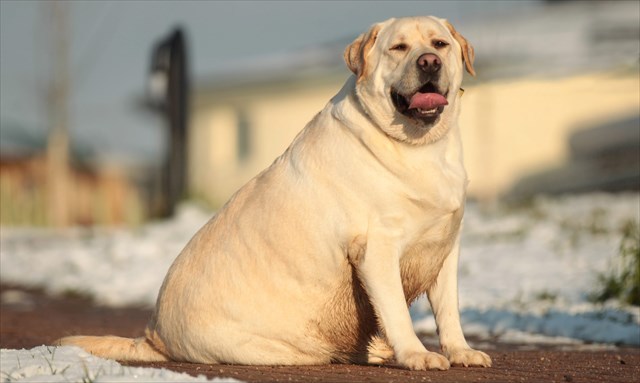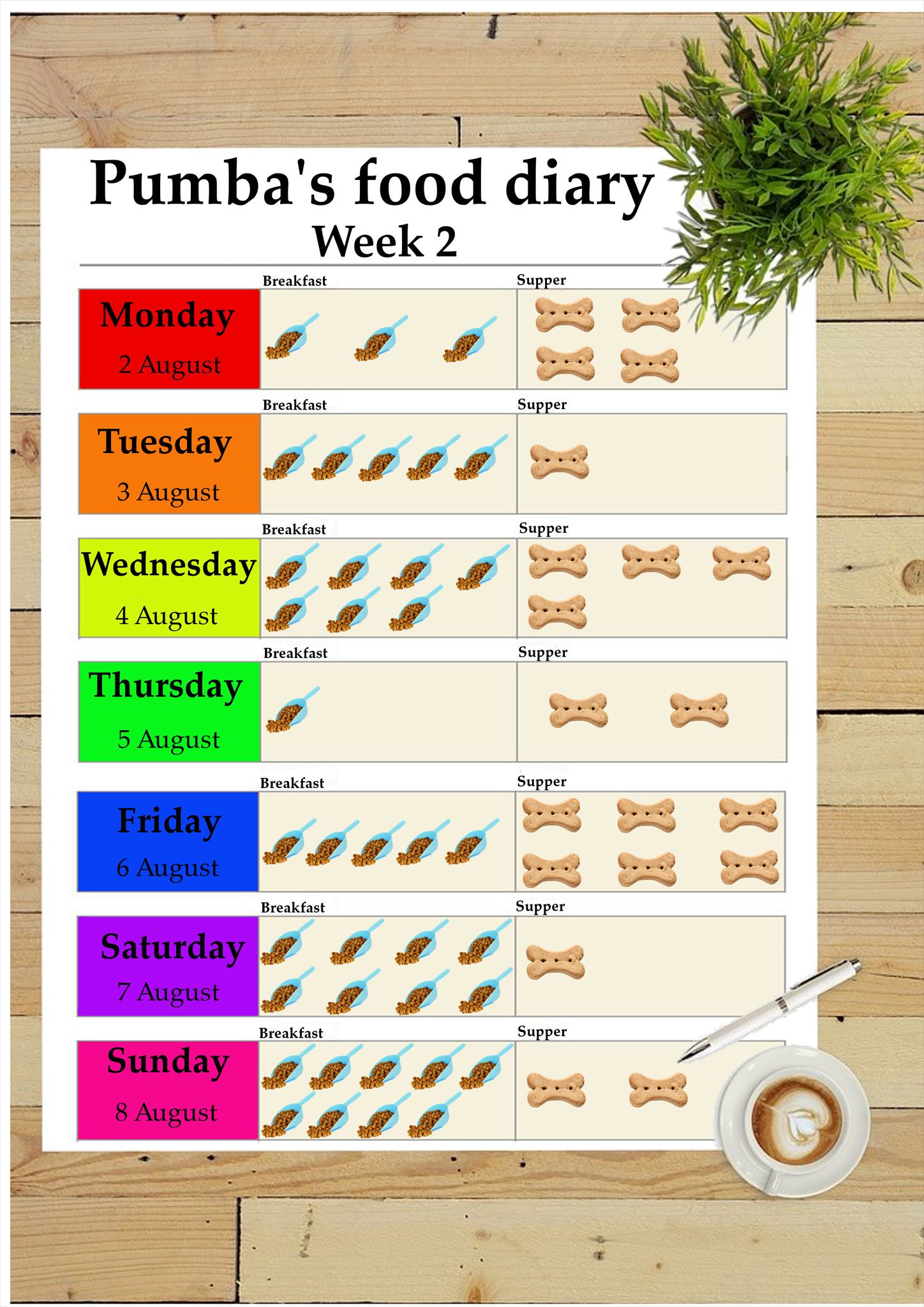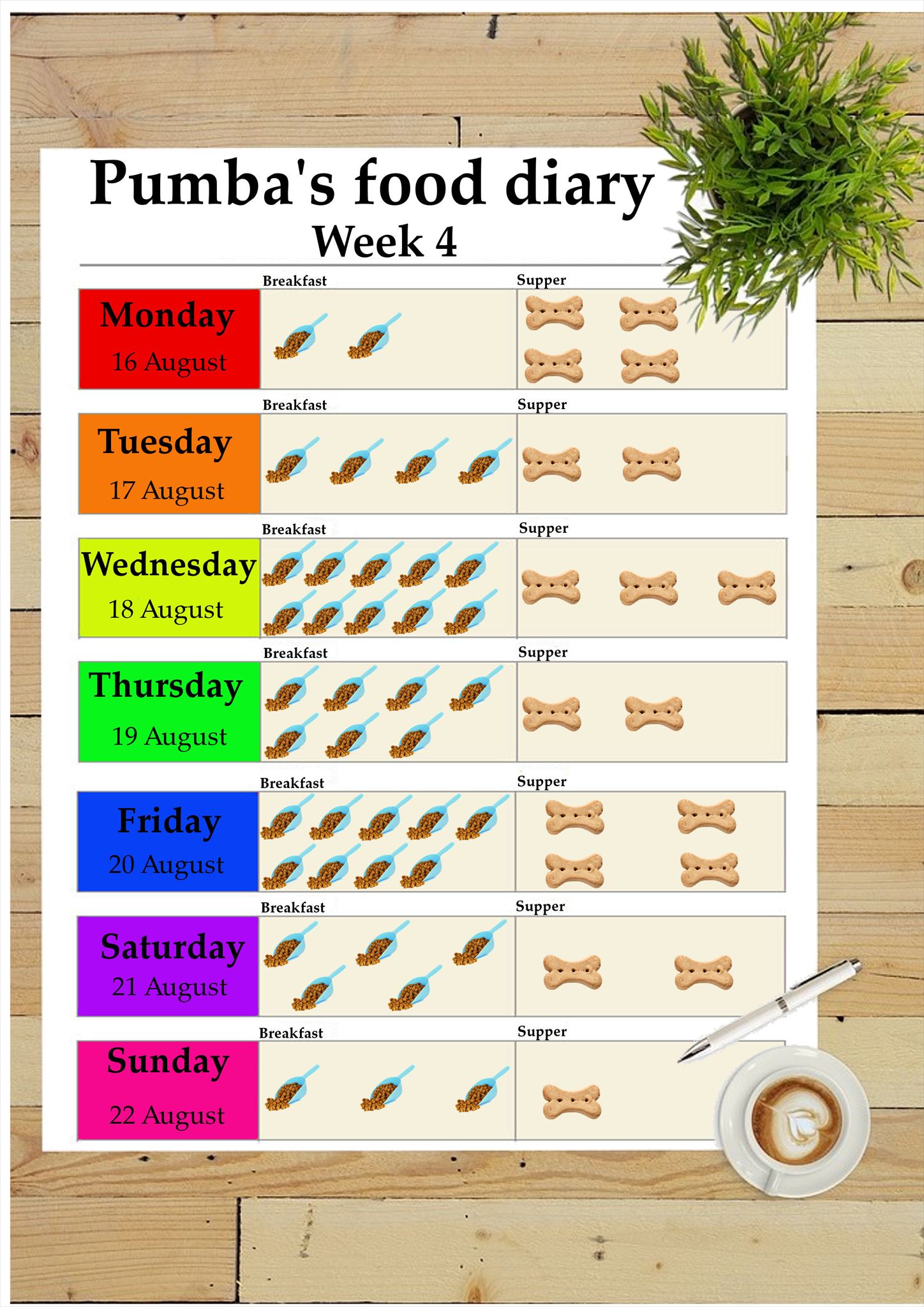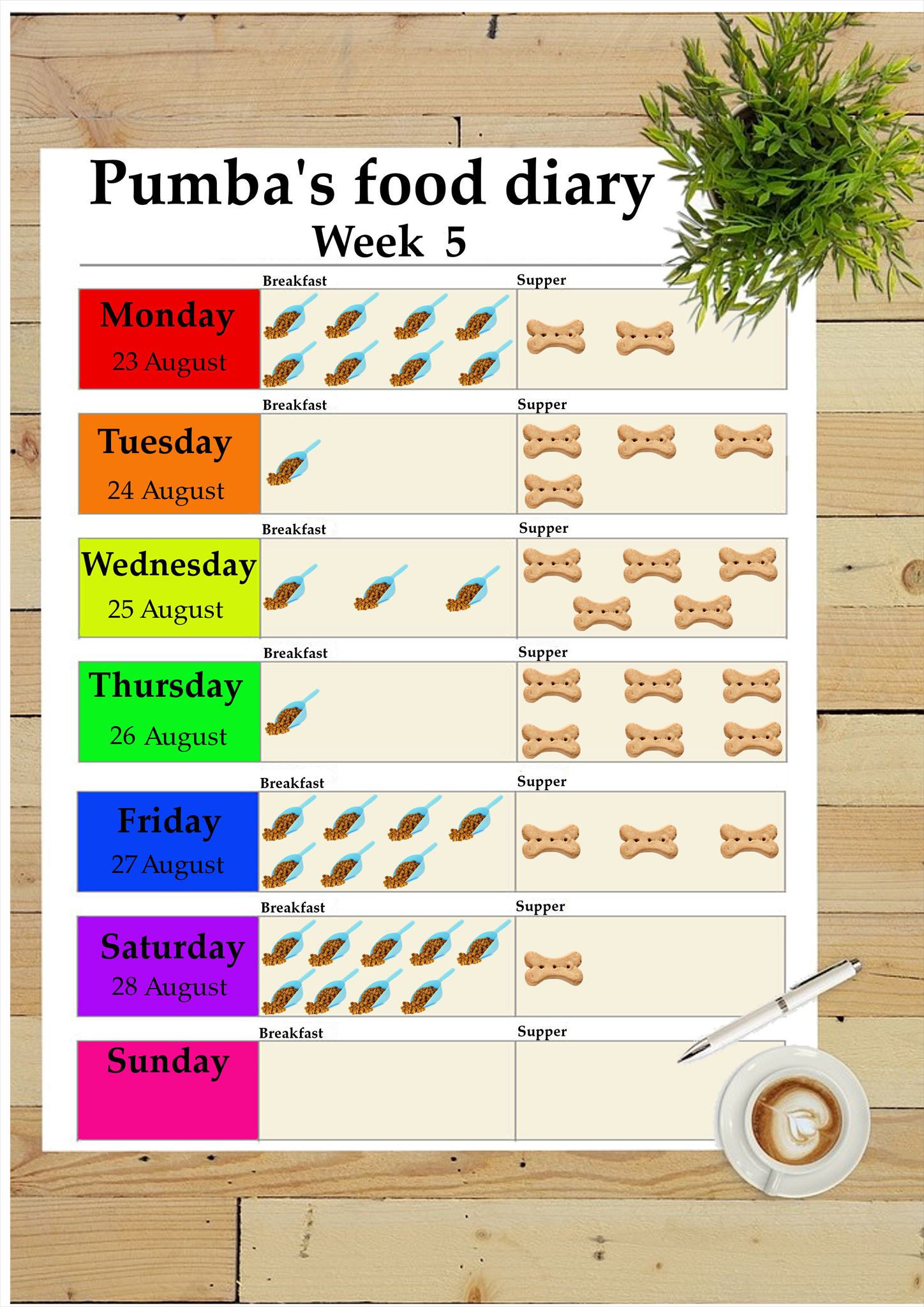
Welcome to the GEO-EYE SERIES!
This series consists of 45 puzzle caches. We incorporated various difficulty levels. All the caches that form the PUPIL of the eye (P1 to P6) will be the harder ones. The IRIS caches (I01 to I16) will be of intermediate difficulty, and the EYE outline (E01 to E23) will be easy ones.
And then to collect the smilies, we recommend high clearance vehicles. Especially during the rainy season, as the roads can get very muddy. But then again, that is part of all the fun!
Each puzzle will start with an eye fact, followed by the puzzle. There might be clues hidden in the eye fact :-)
EYE FACT
Some Facts about S A Guide-Dogs Association
1. South African Guide-Dogs Association for the Blind (GDA) was established in 1953.
2. GDA trains Guide Dogs for people who are visually impaired, Service Dogs for people who are physically disabled and Autism Support Dogs for Autistic Children.
3. GDA used Labradors, Golden Retrievers, Lab x Golden Retrievers and a small percentage of German Shepherds.
4. Most puppies are bred at the Gladys Evans Training Centre in Johannesburg.
5. Puppies are placed with volunteer Puppy Raising Families at about seven weeks of age.
6. Pups attend weekly socialising classes for the first 13 weeks that they are living with their Puppy Raisers.
7. Puppy Raisers are responsible for house training and socialising their puppy. Puppy Raisers must have time available to socialise the puppy and attend the compulsory Puppy Socialising classes.
8. All male puppies (who are not being considered as stud dogs) are castrated at about seven months of age.
9. All female puppies (who are not being considered as brood bitches) are sterilised before 18 months of age.
10. About two thirds of all dogs bred will go on to become Guide, Service, Autism Support Dogs or breeding stock.
11. About one third of dogs will not be suitable as working dogs (for either health or temperament reasons). These dogs often stay with their Puppy Raiser as a family pet (the Puppy Raisers has first option to keep the dog). If the Puppy Raiser can’t keep the dog the GDA will re-home the dog as a pet. Careful matching is done to ensure that the dog will be compatible with his new owners.
12. Young dogs begin their formal training at one year of age.
13. Each instructor is responsible for training six dogs.
14. It takes about six months to train a Guide Dog.
15. A Service Dog may take a bit longer to train depending on the tasks required by the new owner.
16. Once the working dog is fully trained it is matched to a suitable owner.
17. Before matching a working dog and the new owner all the facts that are known about the dog are considered (working ability, temperament, energy levels, environmental suitability etc.) and all of the facts known about the new owner are considered (needs, disability, home and work environment, dog handling experience etc.). A good match can be made only once all of these factors have been considered.
18. The new owner will spend two weeks training at our Training Centre (Johannesburg or Cape Town) with their new working dog.
19. The instructor will then work with the new “team” in their home environment for a further two to three weeks.
20. The dog will be introduced to family members, other pets, work colleagues and the local vet during this period.
21. GDA trains between 40 and 60 working dogs per year. Eight to 10 of these teams are trained exclusively in Cape Town.
22. The GDA uses graphs to plot data which will simplify the process of recruiting new guide dogs
23. GDA visits all working dogs on an annual basis and provides follow up support whenever requested.
24. GDA currently employs six Guide and three Service Dog instructors in Johannesburg. In Cape Town two Guide Dog Instructors are employed.
25. A learner instructor takes three years to qualify as a Guide Dog Mobility Instructor or Service Dog Instructor.
26. Learner instructors undergo theoretical and practical training and they write exams every six months. Prior to qualification, they are closely supervised by an experienced instructor until they have enough experience to work partially unsupervised.
27. All breeding stock live with families and only visit the Training Centre when required to do so for breeding purposes.
28. Most working dogs retire at 10 years of age. Many dogs remain with their owner after retirement age. Some retired working dogs are re-homed into a new loving home.
Now on to the puzzle
* The cache is not hidden at the posted coordinates *
To obtain the final coordinates, you have to solve the following puzzle:

Pumba's biggest wish ever since he was a puppy, was to become a guide dog. His owners took him to the local vet for his medical examination. The vet told Pumba that before he can become a guide dog, he will have to shed a few kilograms, as he was very overweight. We included a diary which shows exactly what Pumba ate for the past 4 weeks. Hopefully this will assist you in helping us to make Pumba's dream become a reality






You can validate your puzzle solution with certitude.
